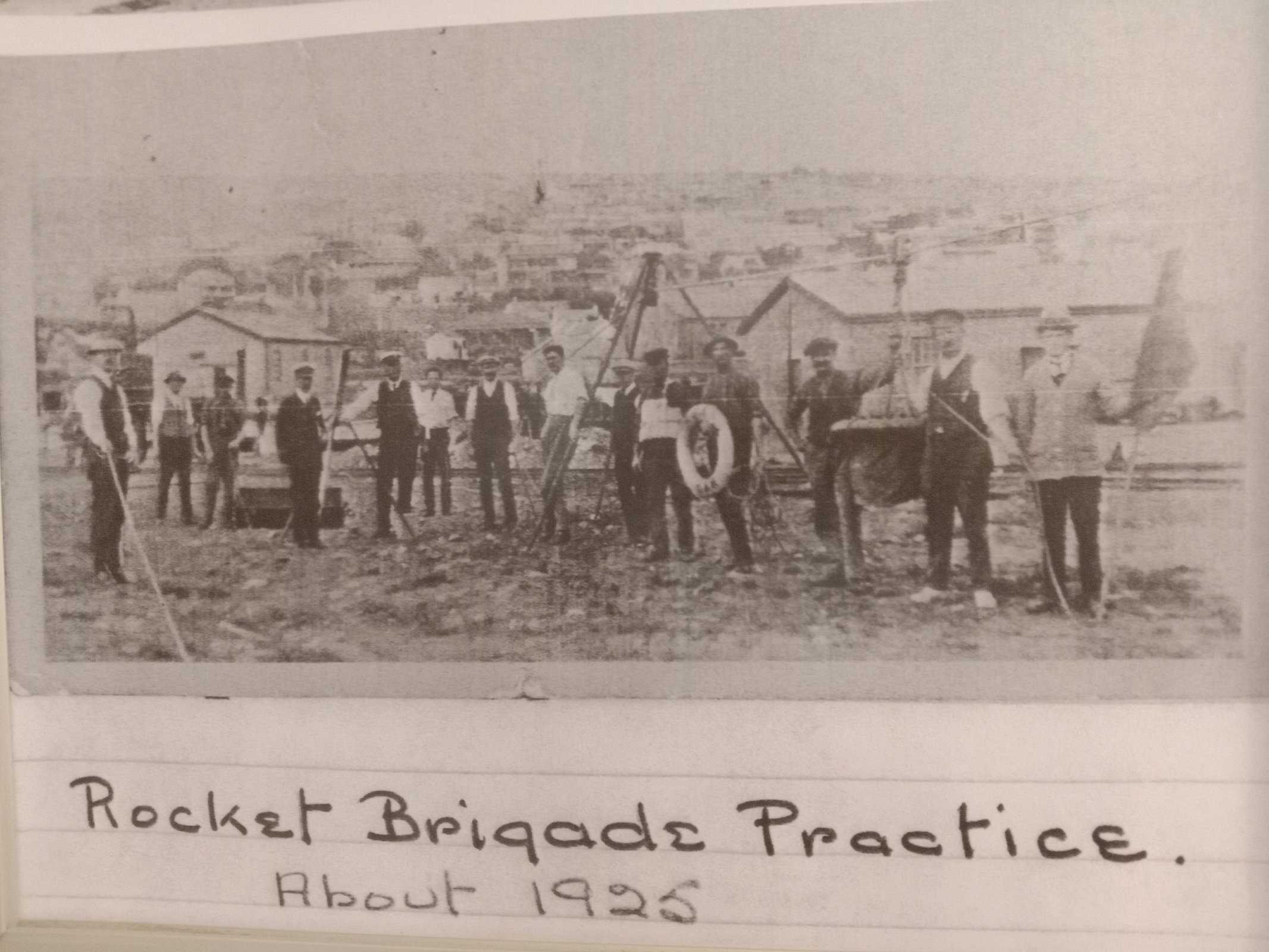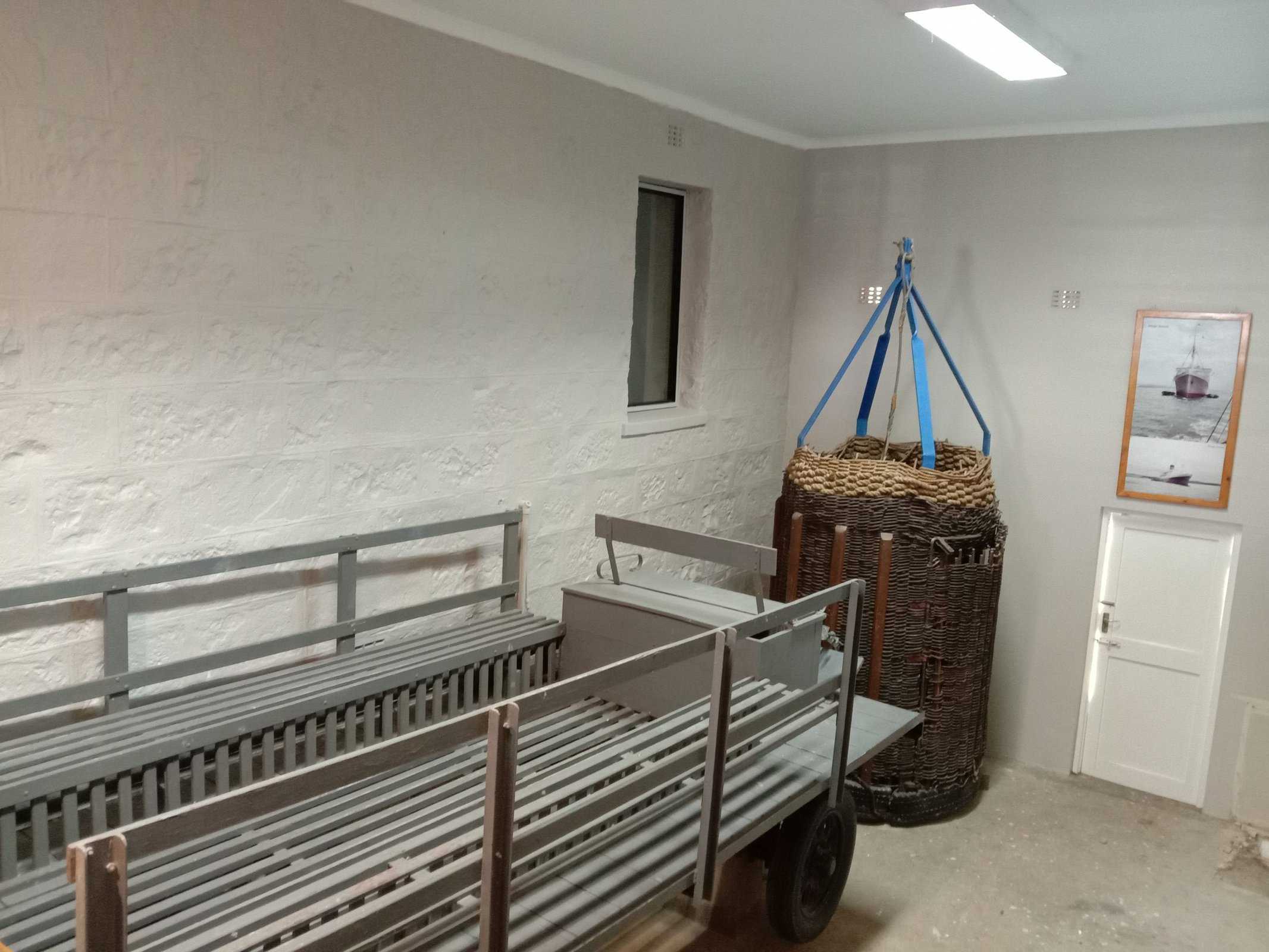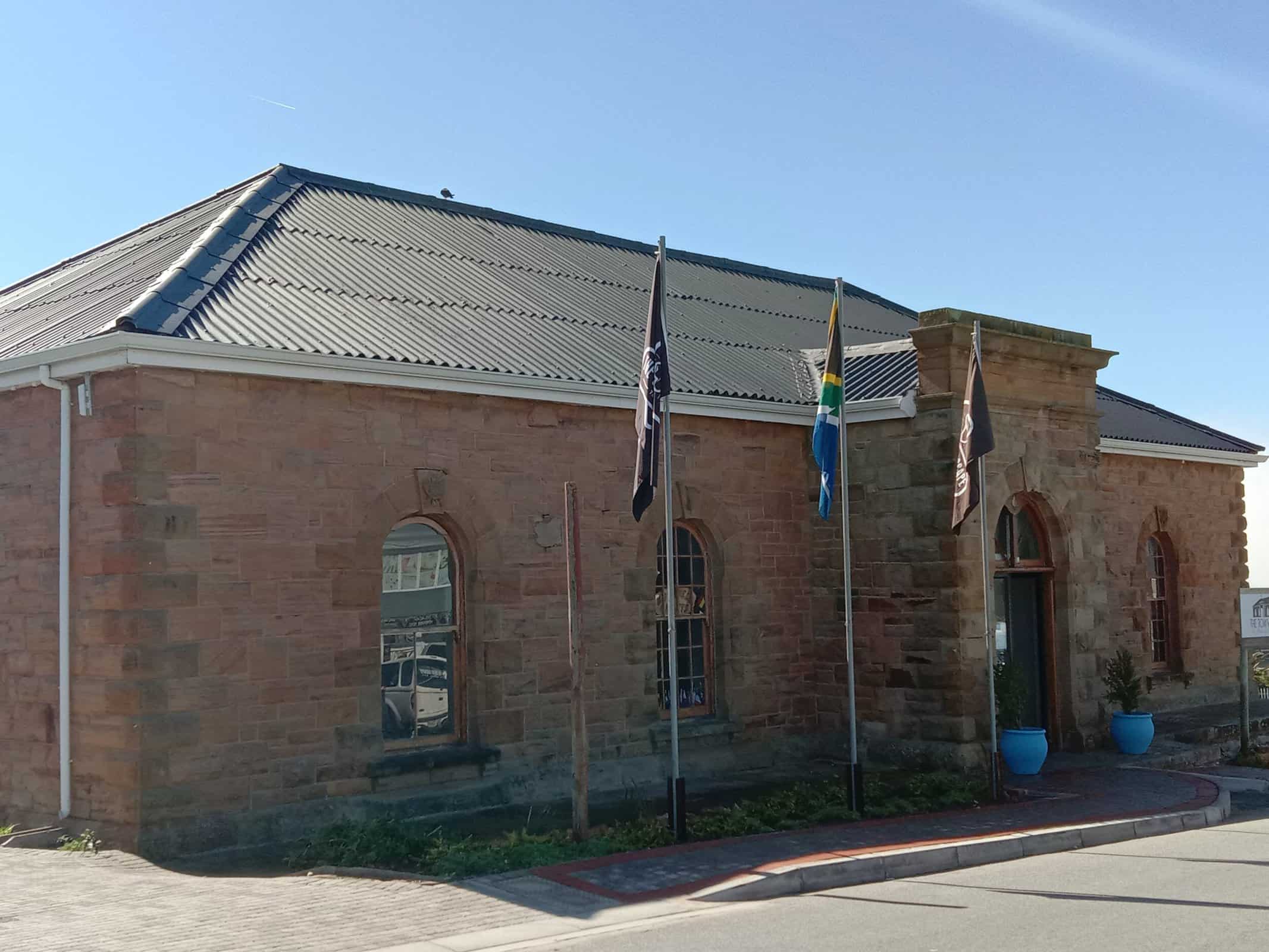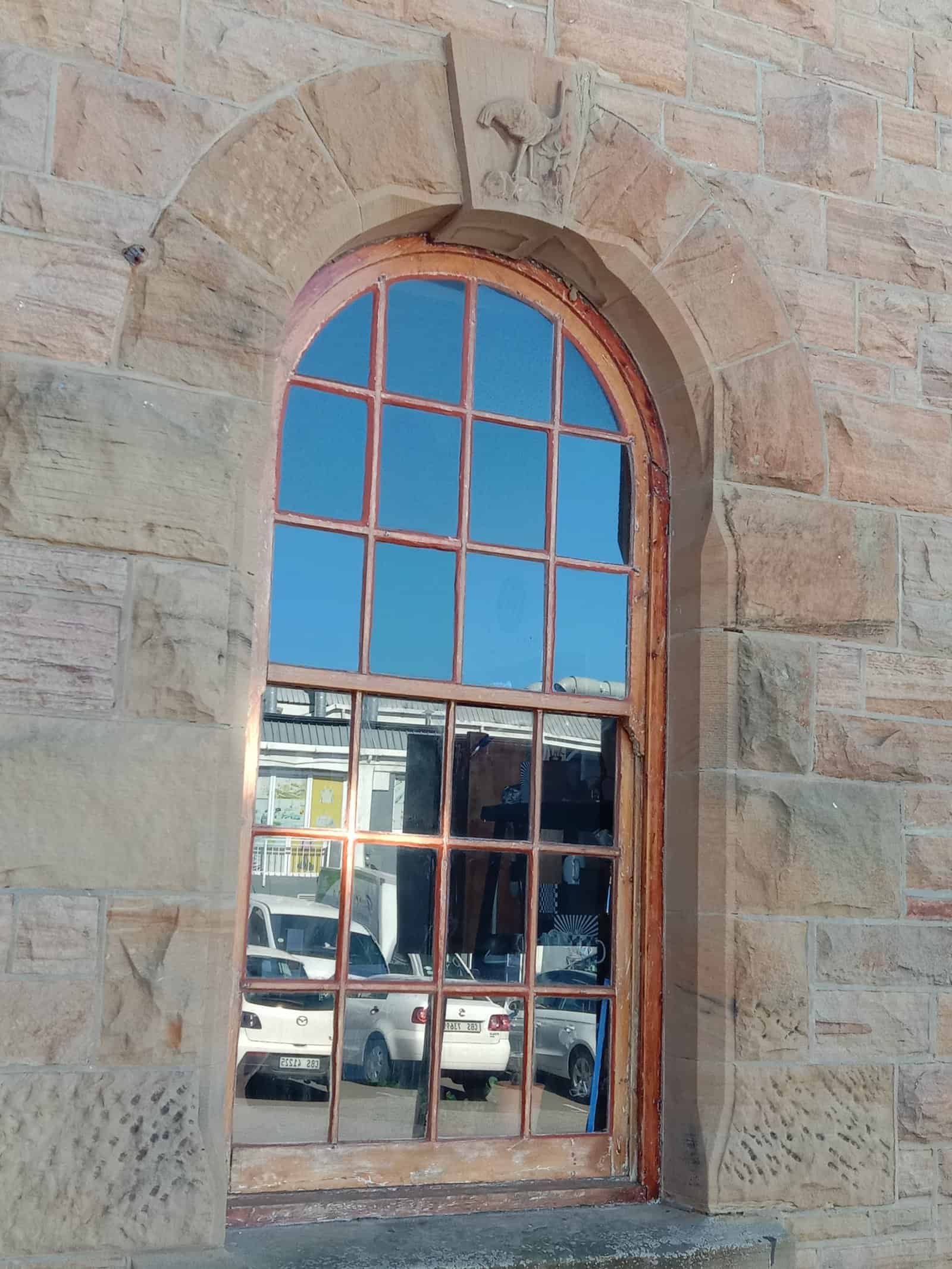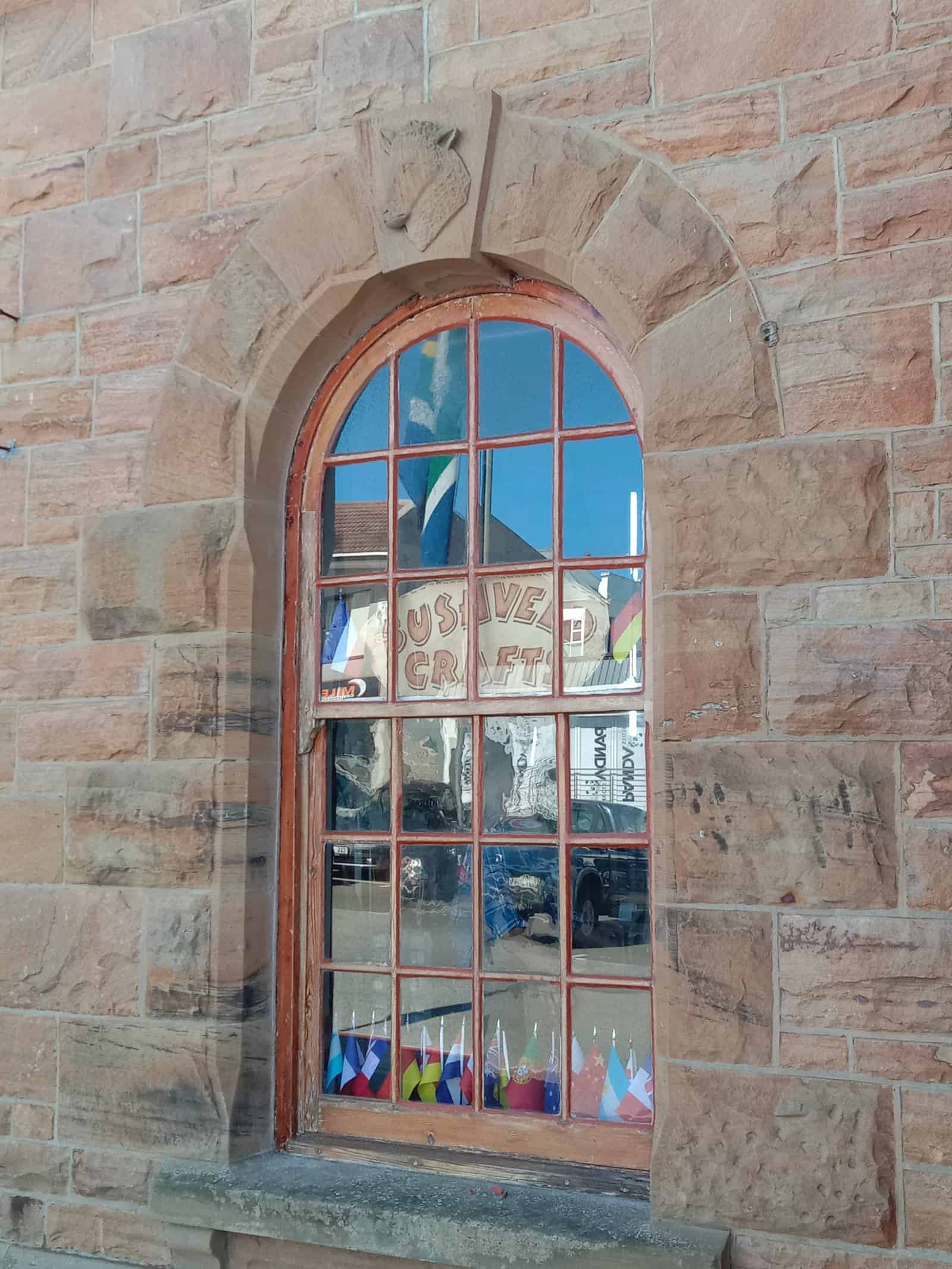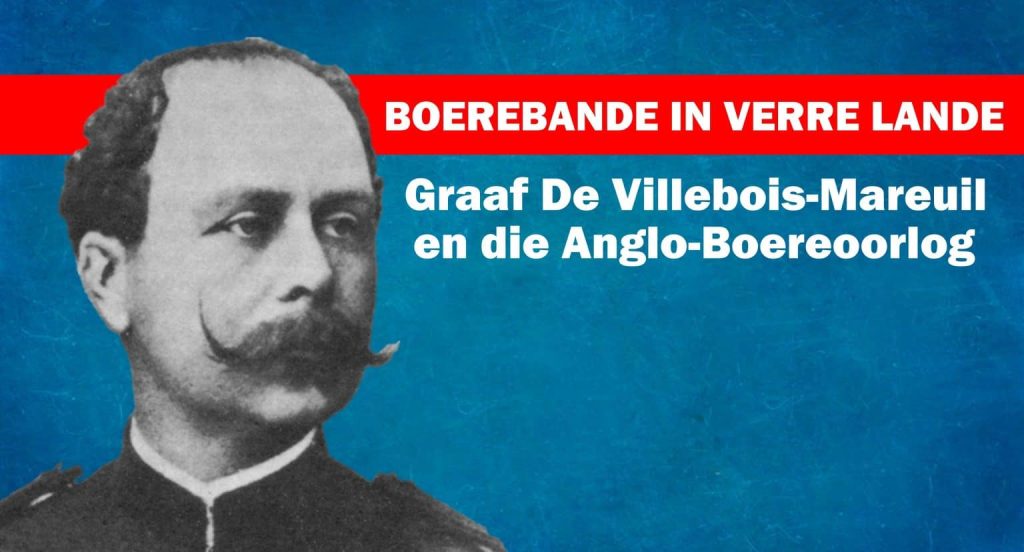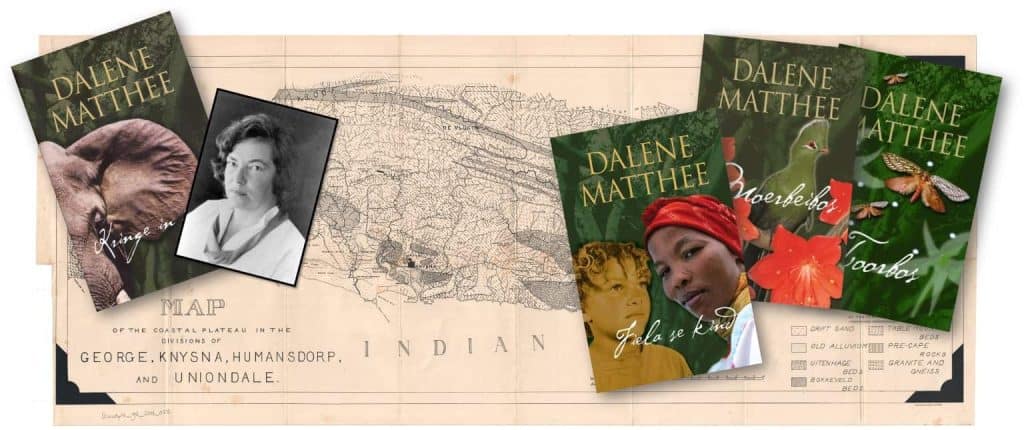by Alana Bailey
A relatively new tourist attraction in Mossel Bay is The Town’s House in Market Street, with a beautiful view of the harbour and bay.
This sandstone building was erected in 1879 and at that time housed the municipal offices, council chamber and the market master’s office.
Farmers brought their products here to sell to visiting ships and locals. The keystones above the windows indicate what was typically being sold at the time, namely ostrich feathers, cattle, wool, grapes and grain.
The building has recently been restored and renamed The Town’s House (unfortunately English in a very Afrikaans area). It houses locally produced arts and crafts that are unique to Mossel Bay, as well as exhibitions that tell more about the town’s history. It includes historical photographs, as well as a wagon and a giant rattan basket.
The wagon was Mossel Bay’s very first fire engine. It was used in the town and vicinity when fires broke out, but was also employed by the so-called Rocket Brigade when ships got into trouble. All firefighters were volunteers.
The Rocket Brigade got its name because rockets were used to shoot cables towards ships that ran aground or were sinking. The crew or passengers could then be rescued using the cables or buoys attached to it. Research about ships that perished in the area proves that the brigade was successful.
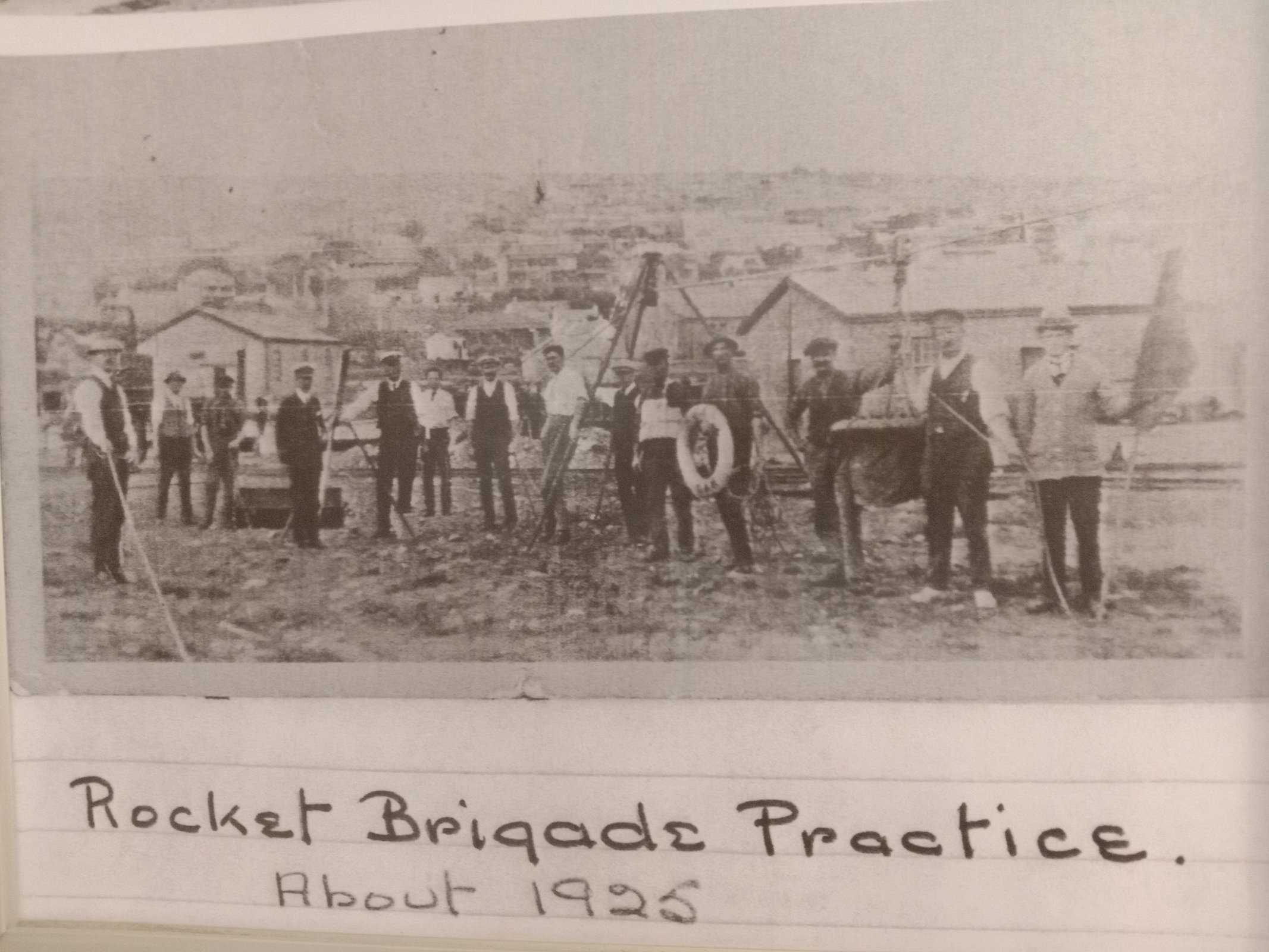
On 29 May 1882, the Louisa Dorothea, a 227-ton German 3-mast schooner, perished in a southeasterly gale. She was on her way from Adelaide, transporting wheat and flour. Three crew members drowned, but five were rescued by the Rocket Brigade.
More recently, on 12 February 1938, the fishing trawler Eclair ran aground near Kanon. Only one crew member drowned, the others were all brought ashore safely thanks to the Rocket Brigade.
A similar wagon is also on display at the Chavonnes Battery Museum in Cape Town. The museum’s website includes a particularly interesting article on lifesaving using rockets (click here).
But back to The Town’s House in Mossel Bay. Next to the wagon a huge rattan basket, known as a People’s Transport Basket, can be seen. It was used to transport people and mail from large ships to land and back.
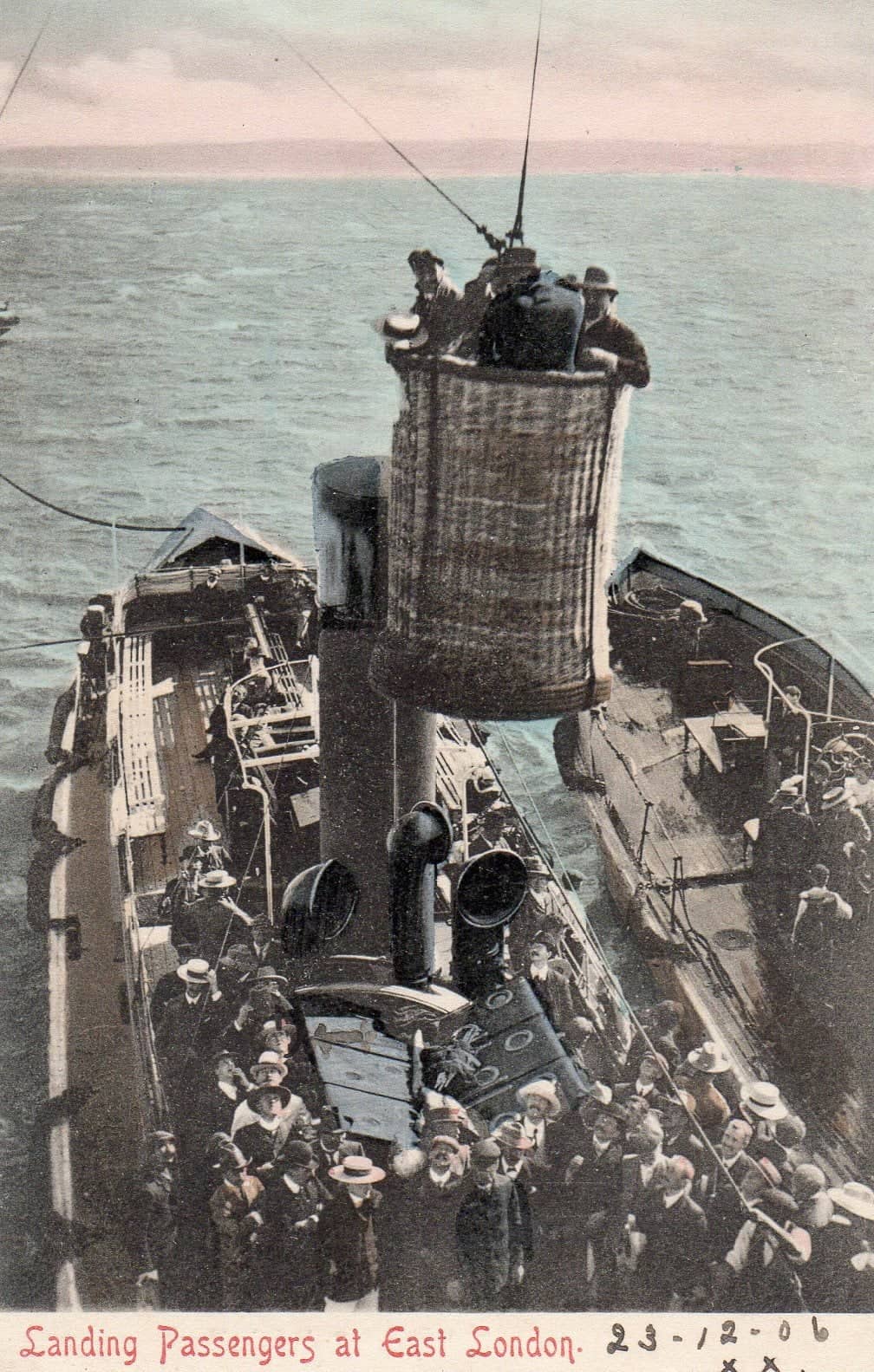
In larger port cities such as Cape Town and Durban, boats were used for the purpose, but in East London and Mossel Bay, among others, people had to get into the baskets and then were hoisted onto or off ships.
According to my guide, mines used rattan baskets because rattan is light but extremely tough and durable. It was therefore a safe way to hoist people up or down, but not necessarily a popular method. When the sea was stormy, the poor people in the baskets sometimes got drenched. In Victorian times, women also did not like to get into the baskets with their hoop dresses, because if a few people had to get into the basket at a time, the skirts got squashed and just never looked the same again …
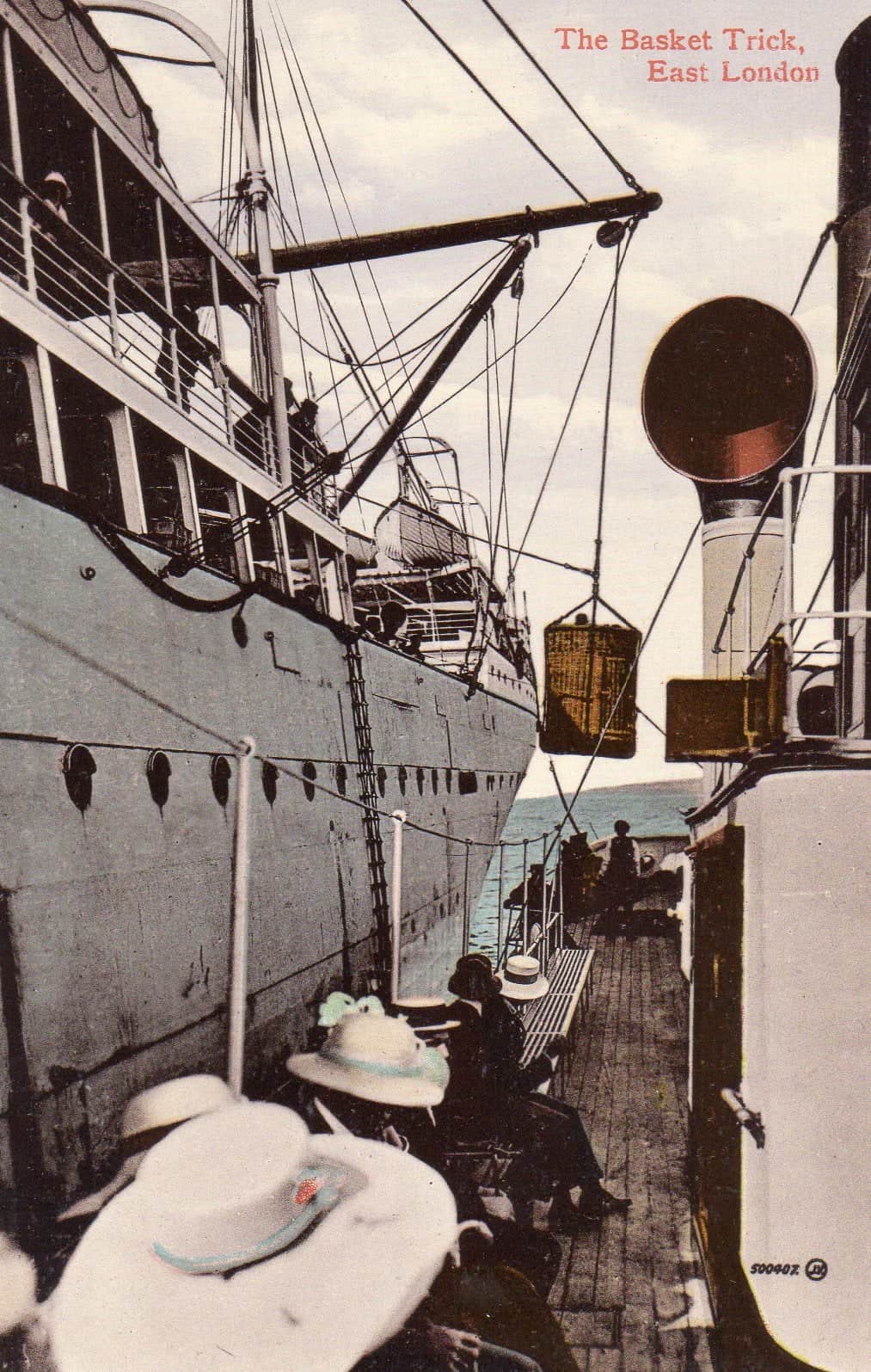
Next to it is a building that was once known as the Market House. It was built in 1858 and served as a library and venue for public and municipal meetings. Over the years it has also been used as a dance hall, telegraph office, wool store, auction room and stop for stage coaches. It became too small for meetings and deteriorated in time. Fortunately, it was declared a national monument in 1977 and has also been neatly restored. It houses, among other things, an art gallery and restaurant.
Should you have the opportunity to visit Mossel Bay, please have a look at the beautiful arts and crafts for sale in the lovely Town’s House, say hello to the wagon and basket, and then relax with a delicious cup of coffee at the restaurant next door!



